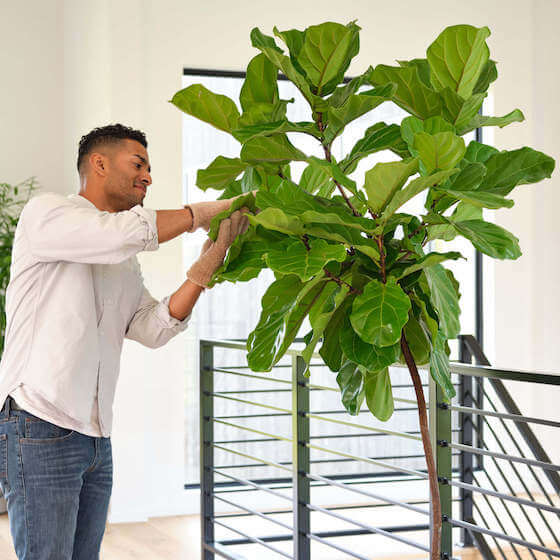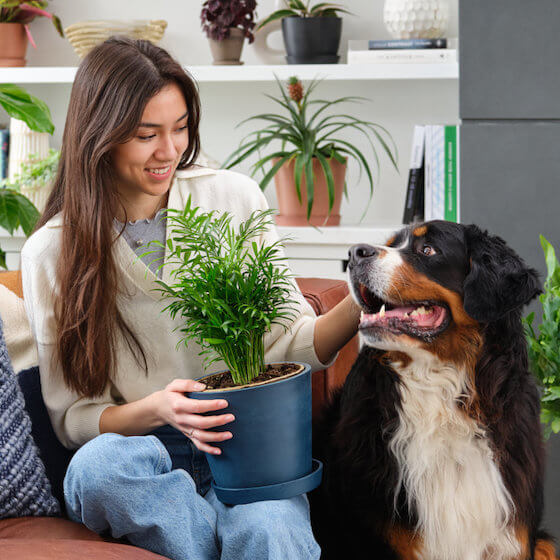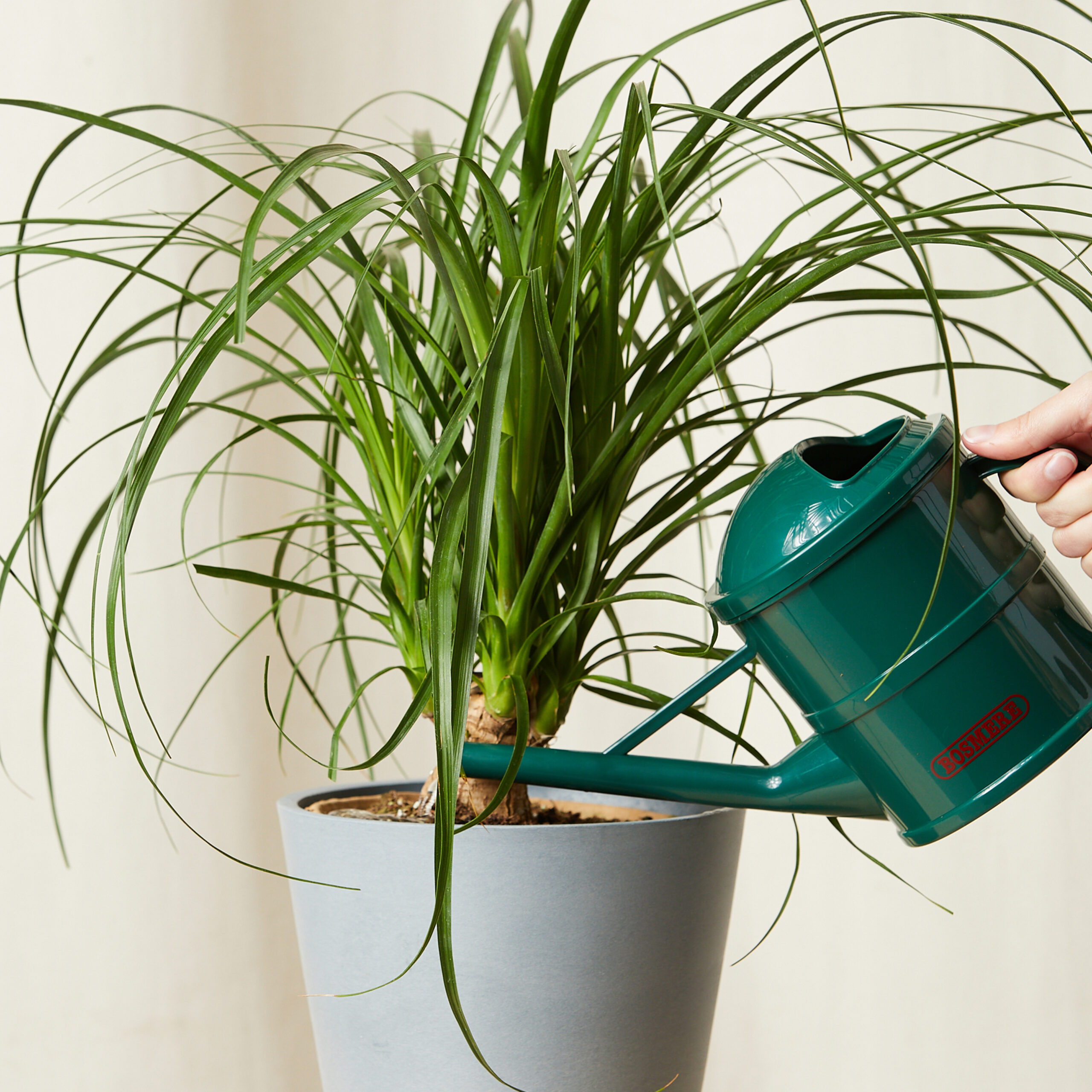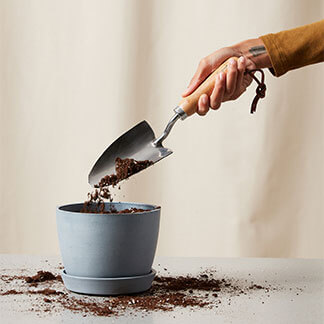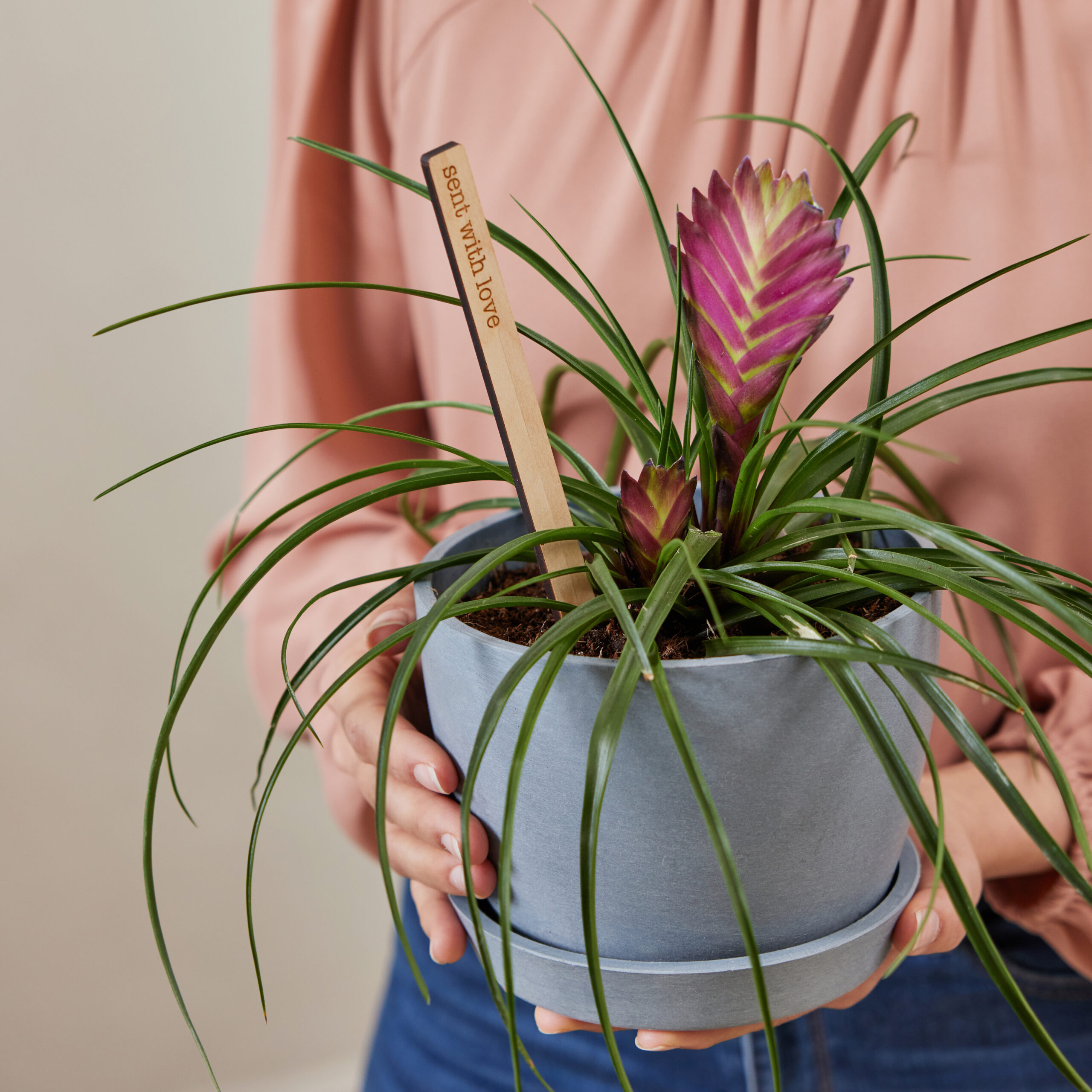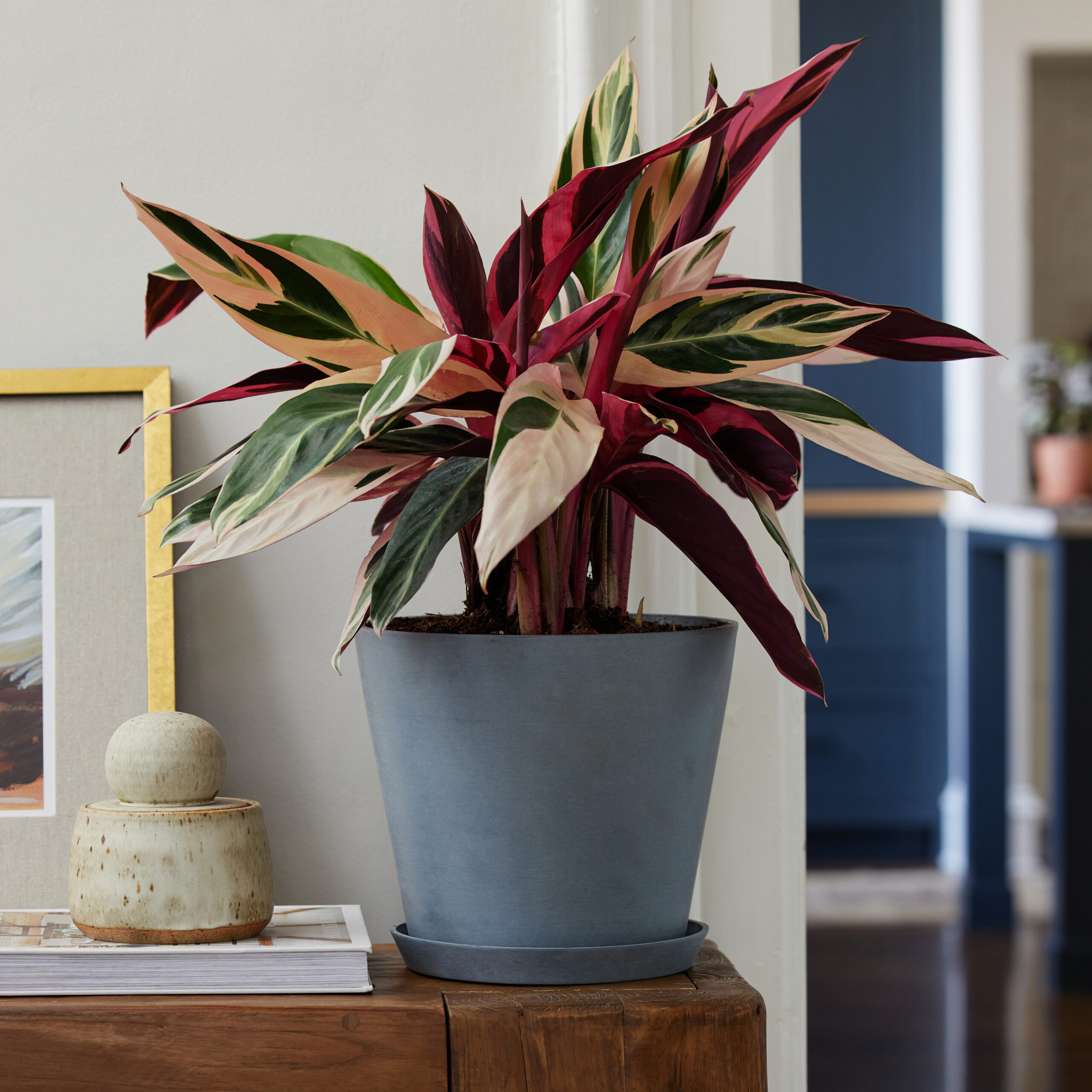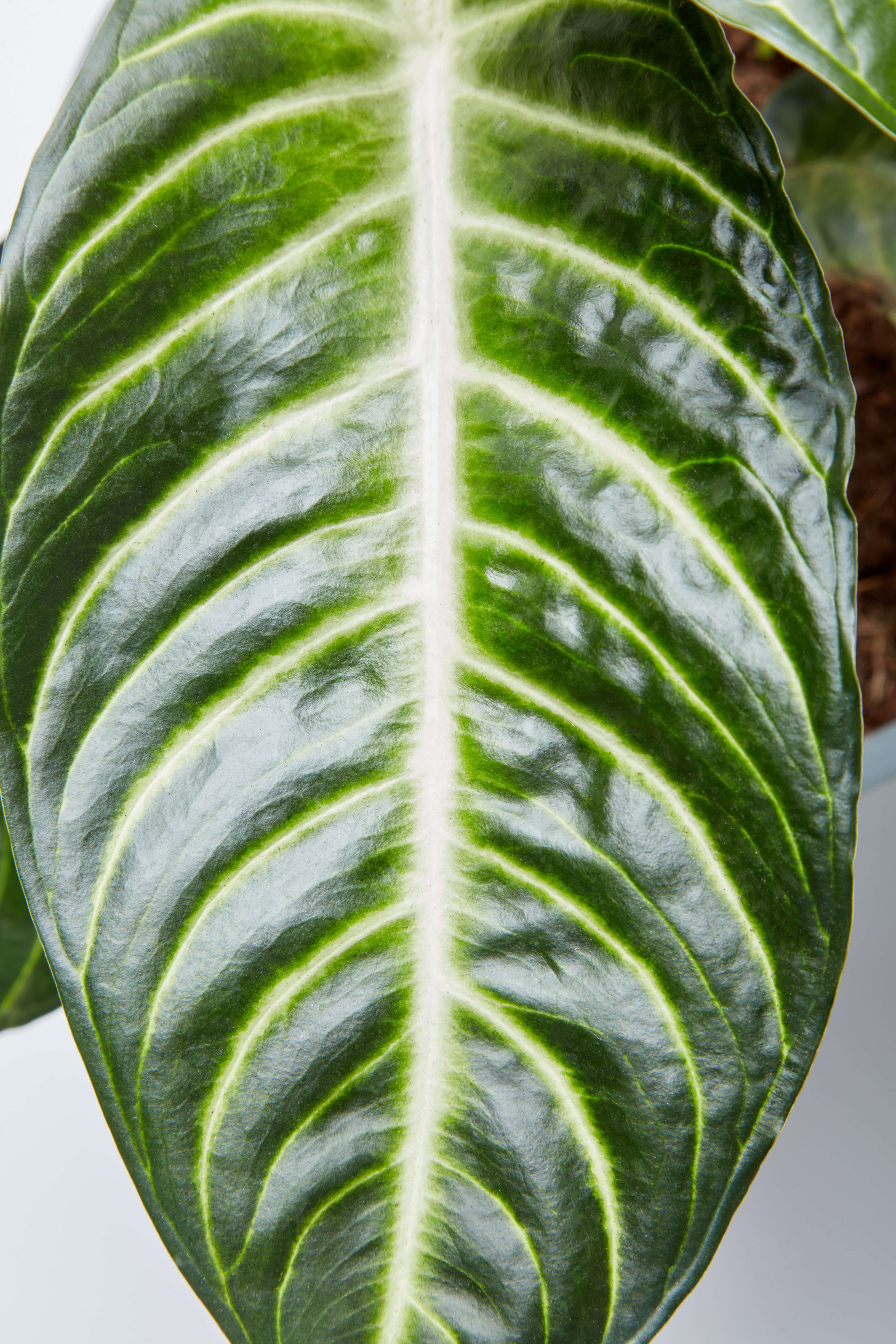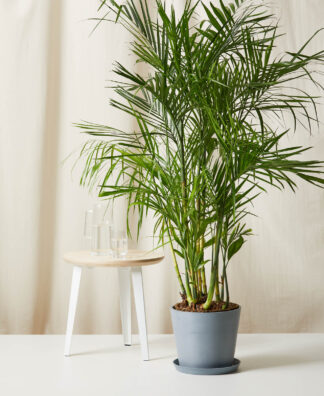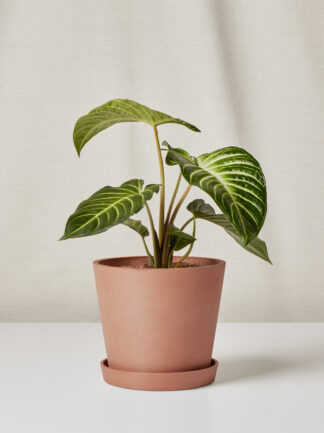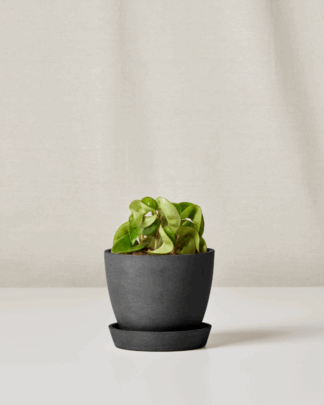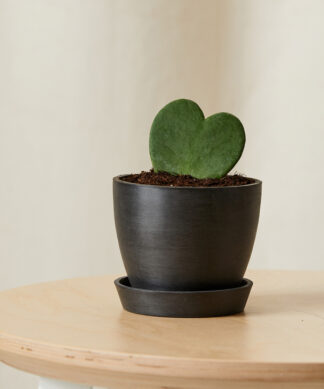How to care for your Xanthosoma
Use these instructions to care for a Xanthosoma. This guide will tell you how to water a Xanthosoma; its light, temperature, humidity preferences and any additional care it might need to help it grow.
Xanthosoma Lindenii
Your Xanthosoma Lindenii prefers bright, indirect light. Too much direct sun can scorch its leaves, while low light will slow growth and cause the leaf pattern to fade. A spot near an east- or north-facing window, or a few feet back from a bright south or west window, is ideal.
Keep the soil consistently moist but never soggy. Water when the top 25-30% of soil feel dry, allowing water to flow from the drainage hole and discarding any excess. This plant is sensitive to both overwatering and underwatering: too much leads to root rot, while too little causes leaf curl or browning.
The White Vein Arrowleaf thrives in high humidity. Average household levels may not be enough, so mist regularly, use a humidifier, or set the pot on a pebble tray with water.
Maintain a warm environment between 65–80°F. Protect your plant from cold drafts, air conditioners, and sudden temperature shifts. Temperatures below 60°F can stress the plant and stunt its growth.
Feed monthly during spring and summer with a half-strength, balanced liquid fertilizer. Fertilization encourages healthy growth and helps sustain large, patterned leaves. Skip feeding in the fall and winter when growth naturally slows.
Like many aroids, the Xanthosoma Lindenii is toxic to pets and humans if ingested.
This plant may enter a semi-dormant state in the cooler months. Growth will slow, and the plant may drop some leaves. During this time, reduce watering slightly but never allow the soil to dry out completely. With the return of warmth and longer days, it will bounce back.
